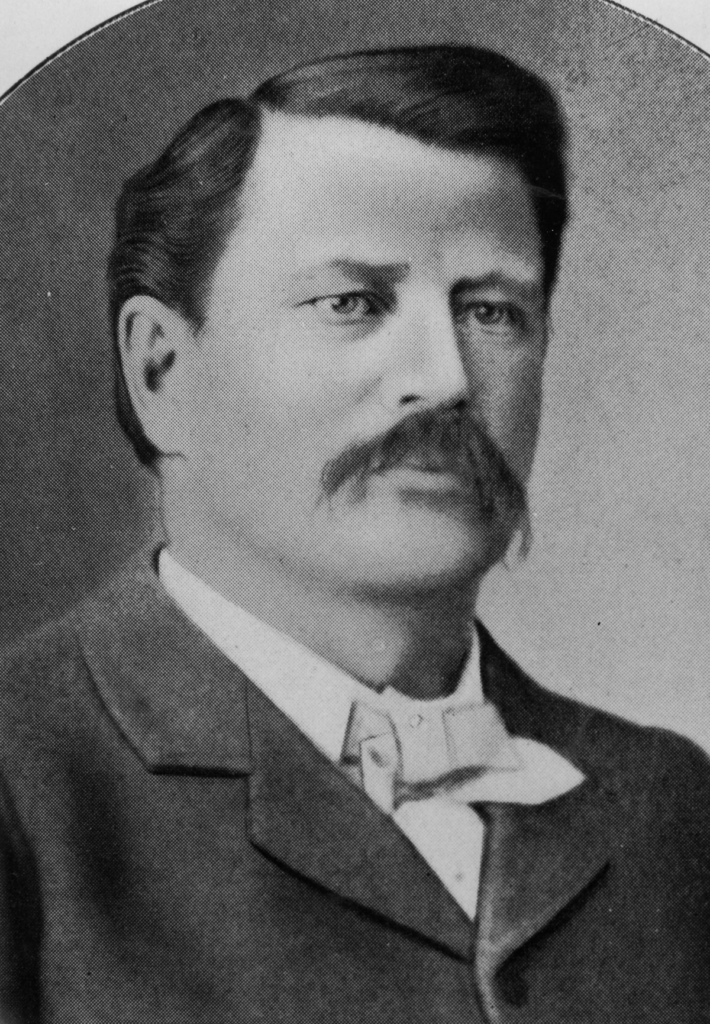This is the seventh article in a series on the Conkling Mining Co. v. Silver King Coalition Mines Co. lawsuit.
Little did Adolph Jessen know as he stood in the wind-swept Walker and Webster Gulch in November 1889 that 1,300 feet beneath his faulty survey lay what would become known as the Elephant stope that two decades later produced millions of dollars in silver ore.
Based upon the findings of the 1908 joint survey which showed Jessen’s 1889 survey to be flawed, the Conkling Mining company and Nicholas Treweek made another move against the Silver King Coalition Mines company by filing a supplemental proceeding in federal court on February 16, 1909. In the supplementary petition, an injunction was sought against the mining of ores in the disputed territory.
Colonel Treweek’s chief attorney, William C. Hall, contended that the Conkling patent covered the disputed 135.5 feet saying, “If the calls of courses and distances found in the written description are followed, the strip is included in the Conkling patent.” He argued that the official field notes of the survey and evidence as to the existence and position of the monuments were inadmissible as evidence because the description in the patent was free from ambiguity and therefore binding. Hall maintained that none of the original marks and boundaries referred to in the patent were now standing, and that the original place where the respective corners were marked, if marked at all, was now only a matter of speculation.
Also further complicating the matter: it was disclosed that the Silver King Coalition Mines Company owned one-fourth of the Conkling claim. E. P. Ferry was originally joint owner with J. Leonard Burch and Nicholas Treweek in the claim. One-fourth interest having been held by Ferry, one-half by Treweek and one-fourth by Burch. When the Coalition company was formed, Ferry’s interest went into the coalition, but the interests of Treweek and Burch were not taken over by David Keith and Thomas Kearns.

Credit: Park City Historical Society & Museum, Himes-Buck Digital Collection
The Conkling Mining Company now alleged that the Silver King had extracted ore from the famous Elephant stope ground valued at more than $1,000,000. Allegedly, the Elephant stope was entirely within the Conkling claim. The company claimed that three-fourths of the net returns from this ore belonged to it. Colonel Treweek believed that the ore bodies partially developed in the Elephant stope extend in a northeasterly direction the entire length of the Conkling claim for 1,500 feet or more, which would make the value of the Conkling Mining Company’s property very great, meaning that in reality millions of dollars were involved in the issue. Prominent Bingham Consolidated mining engineer, Captain Duncan MacVichie, in a report to Silver King Coalition stockholders, said of the ore body in the Elephant stope: “Taking a length of only 350 feet and a height of 800 feet, it possibly contains 155,000 tons of ore of a value of $40 a ton.” These figures made the stope’s total value worth $7,130,000 or about $198 million in 2021 purchasing power.
The story will be continued.